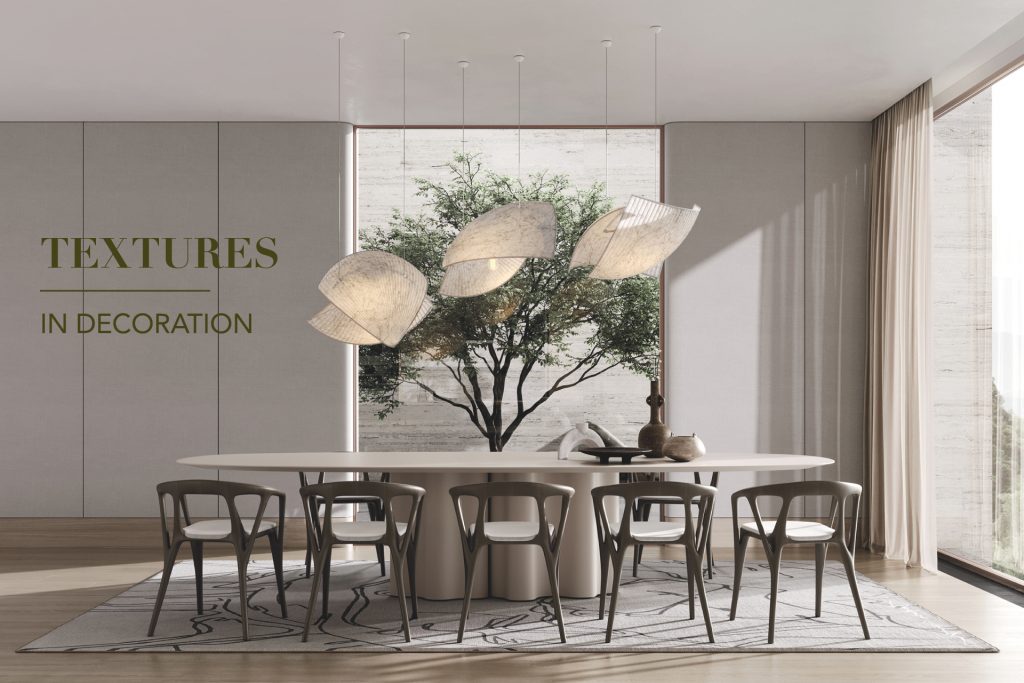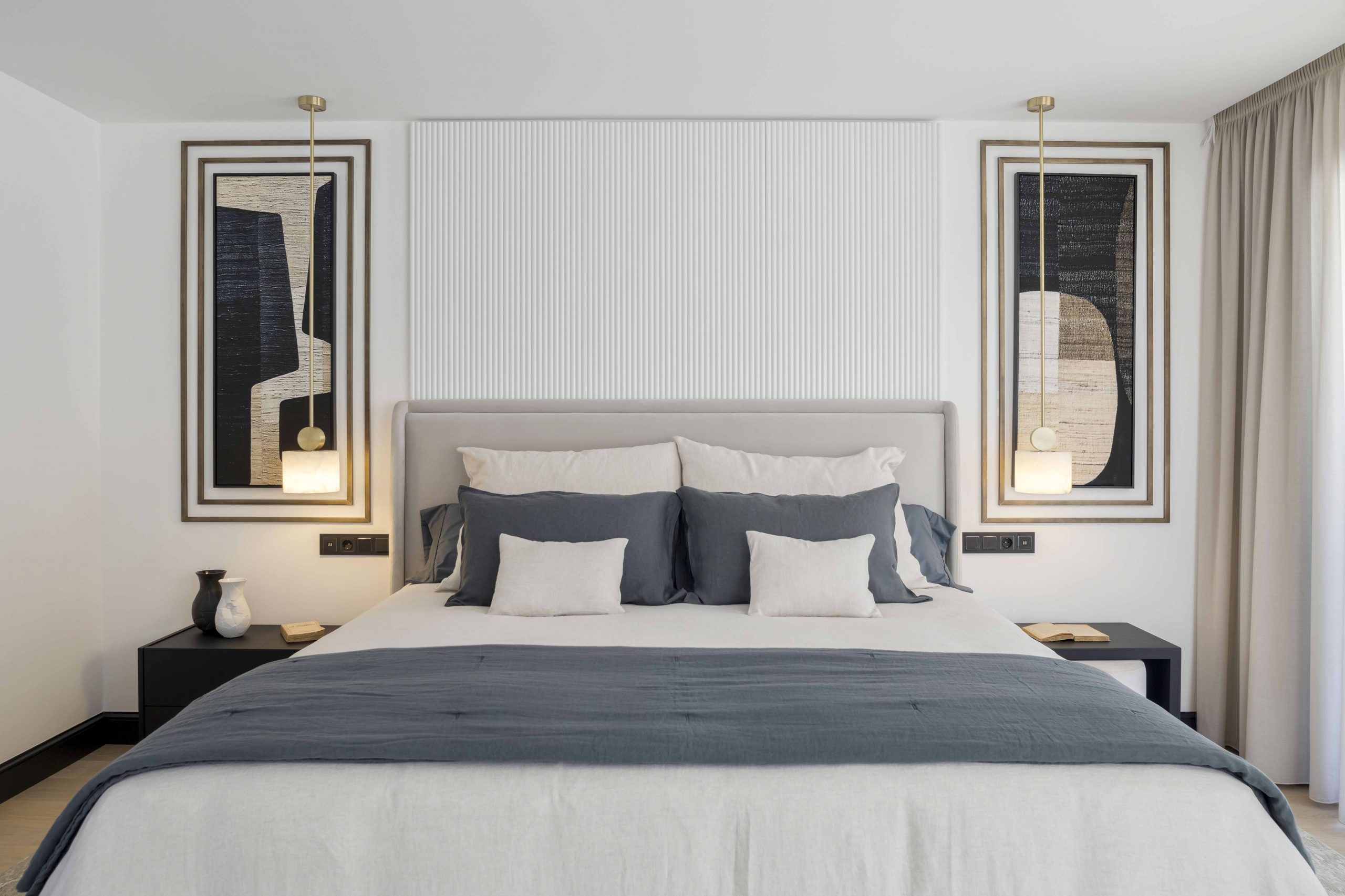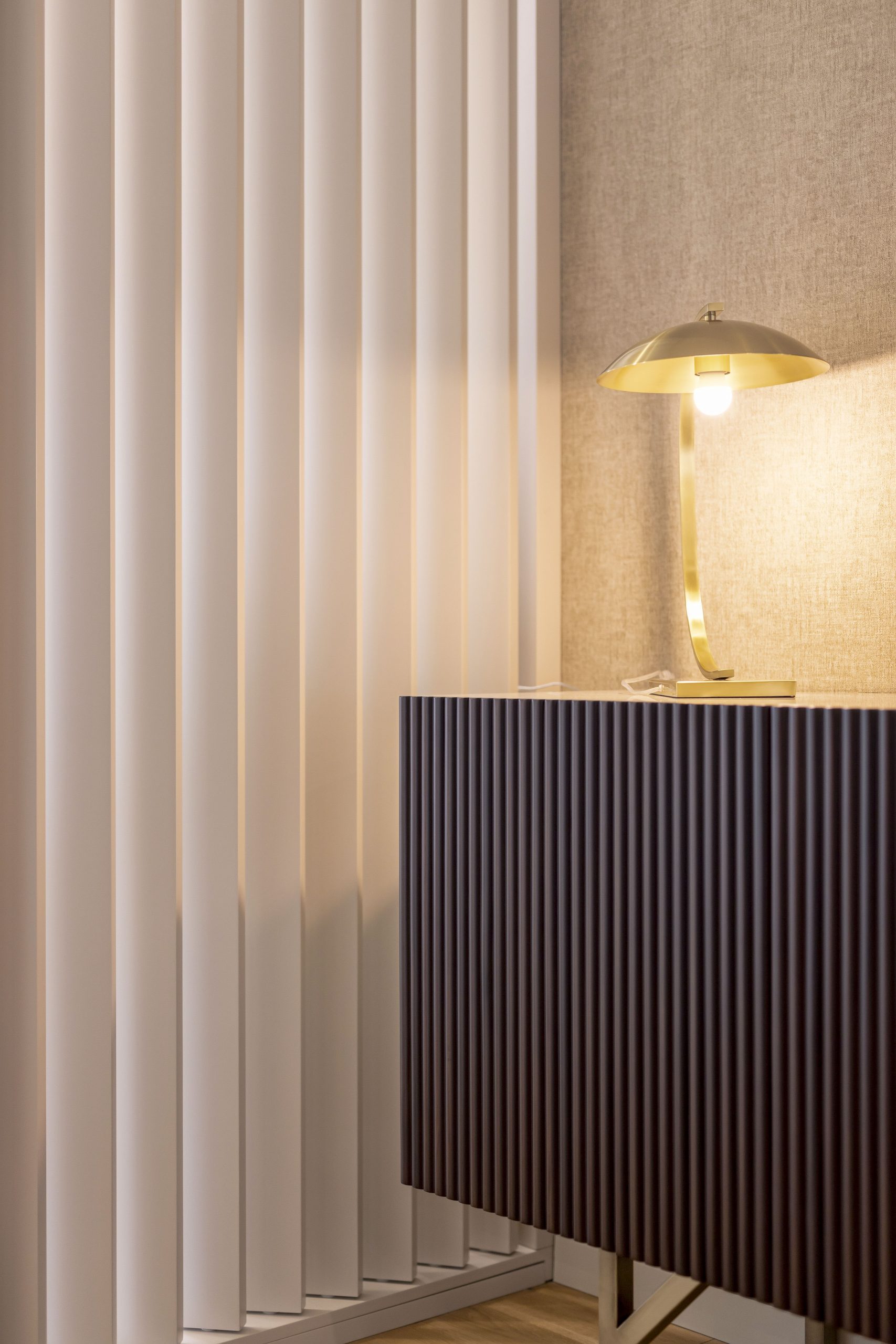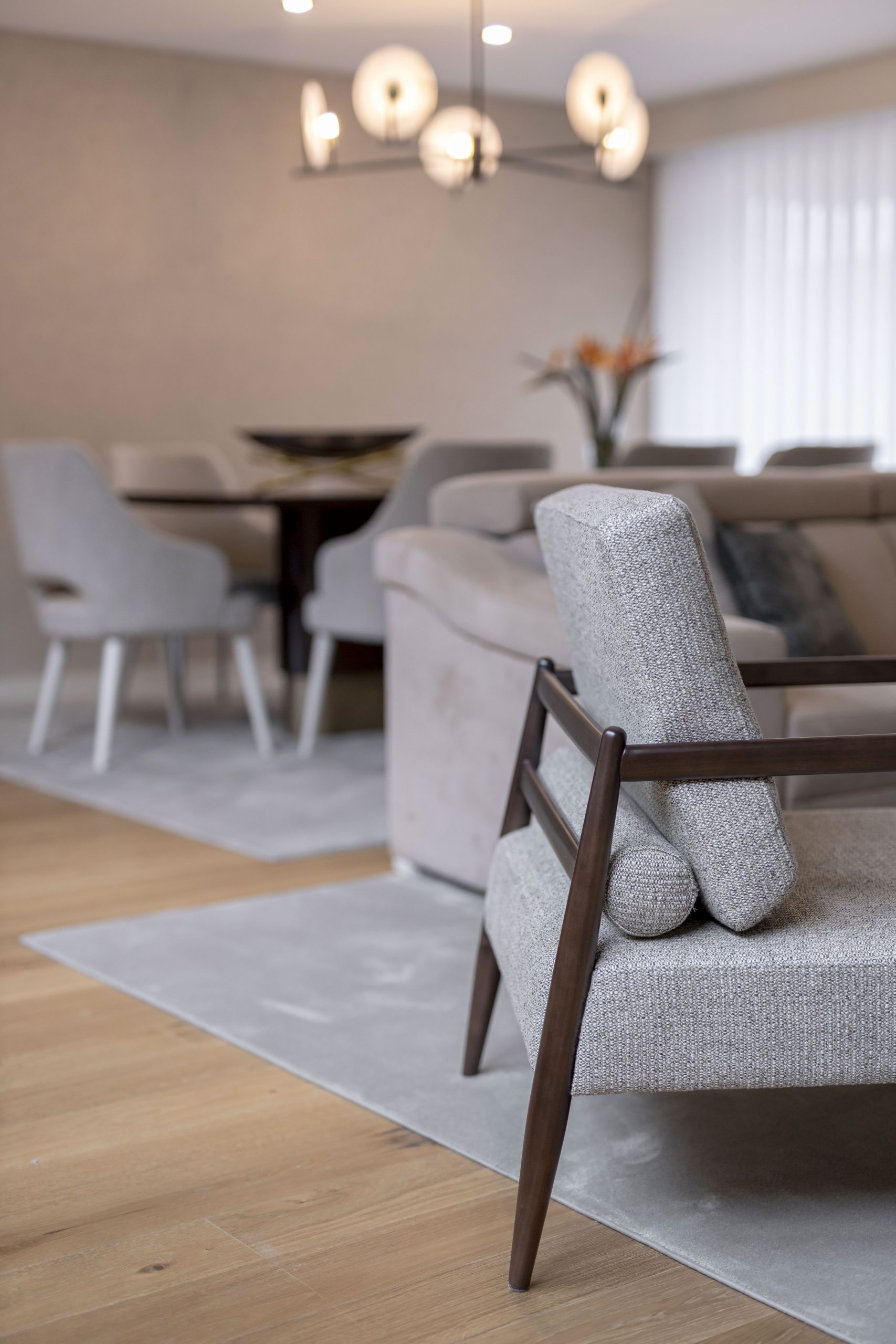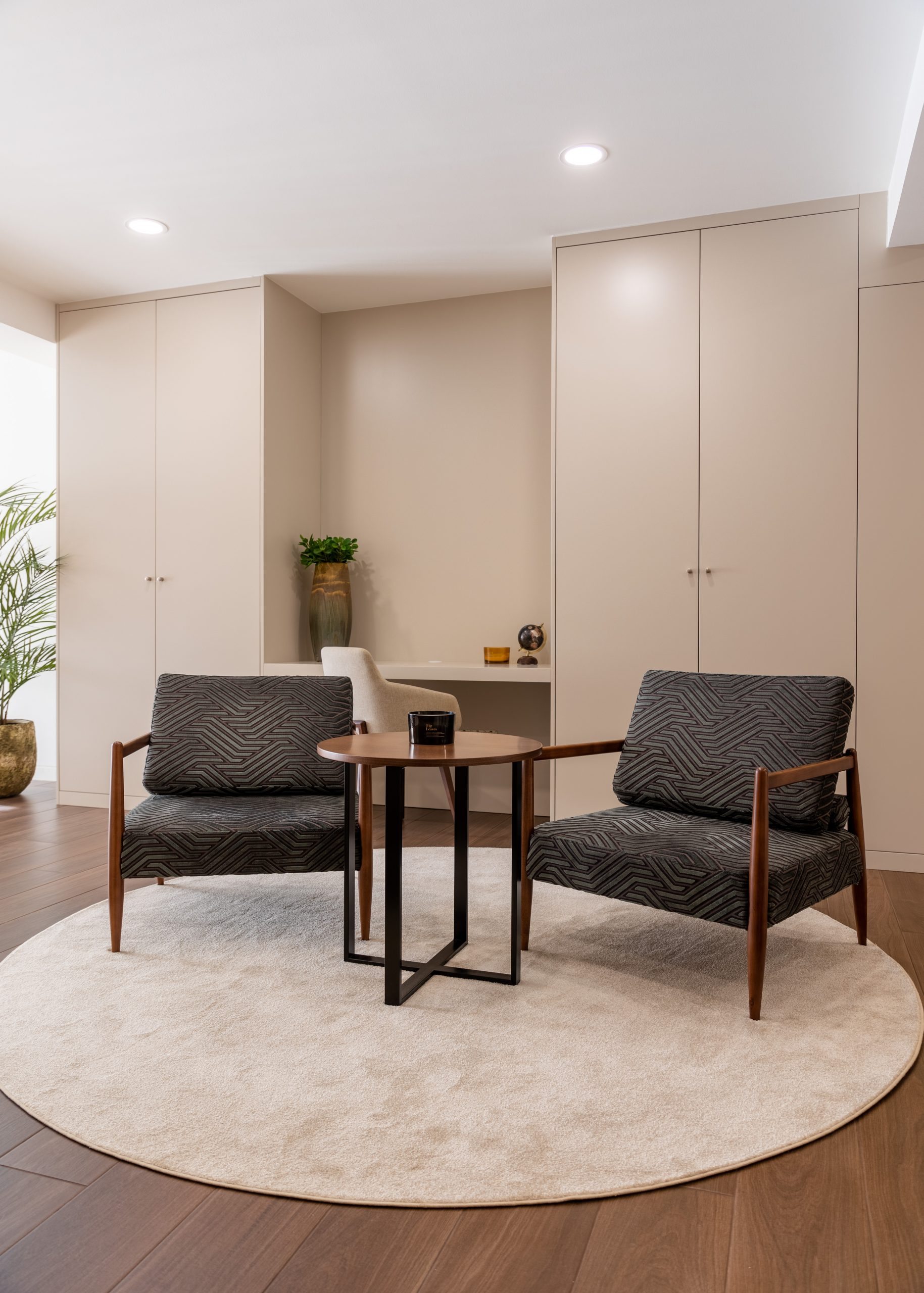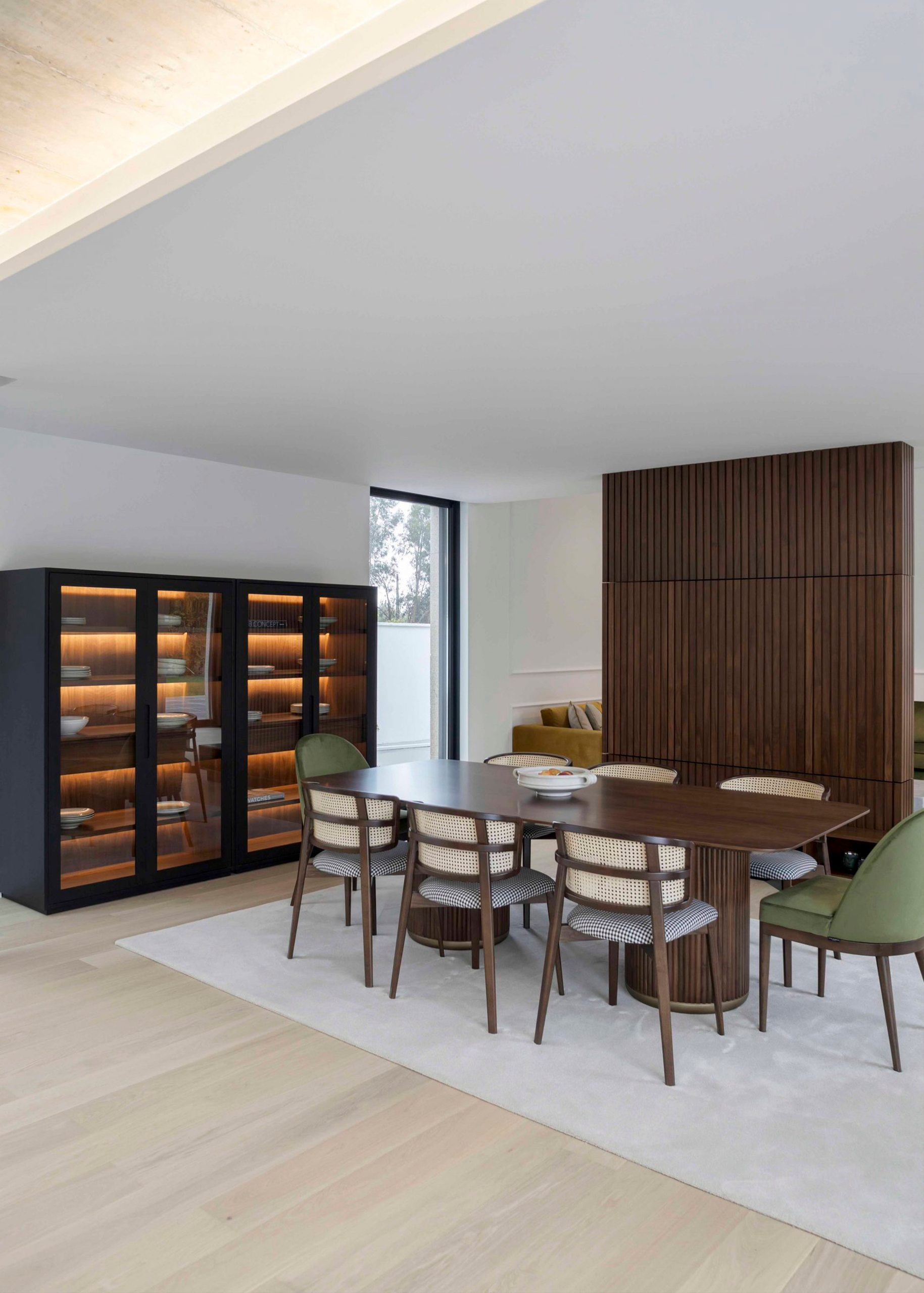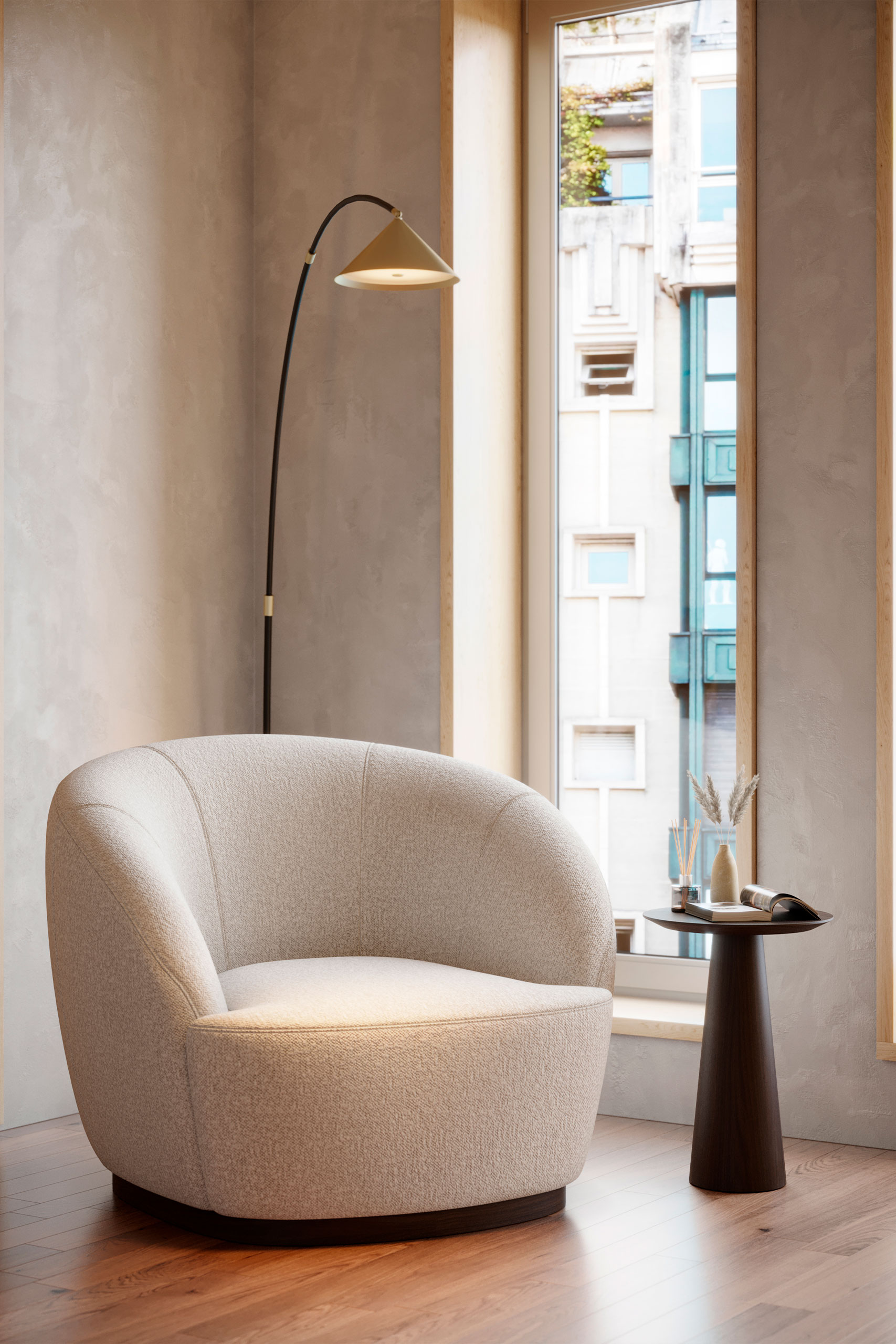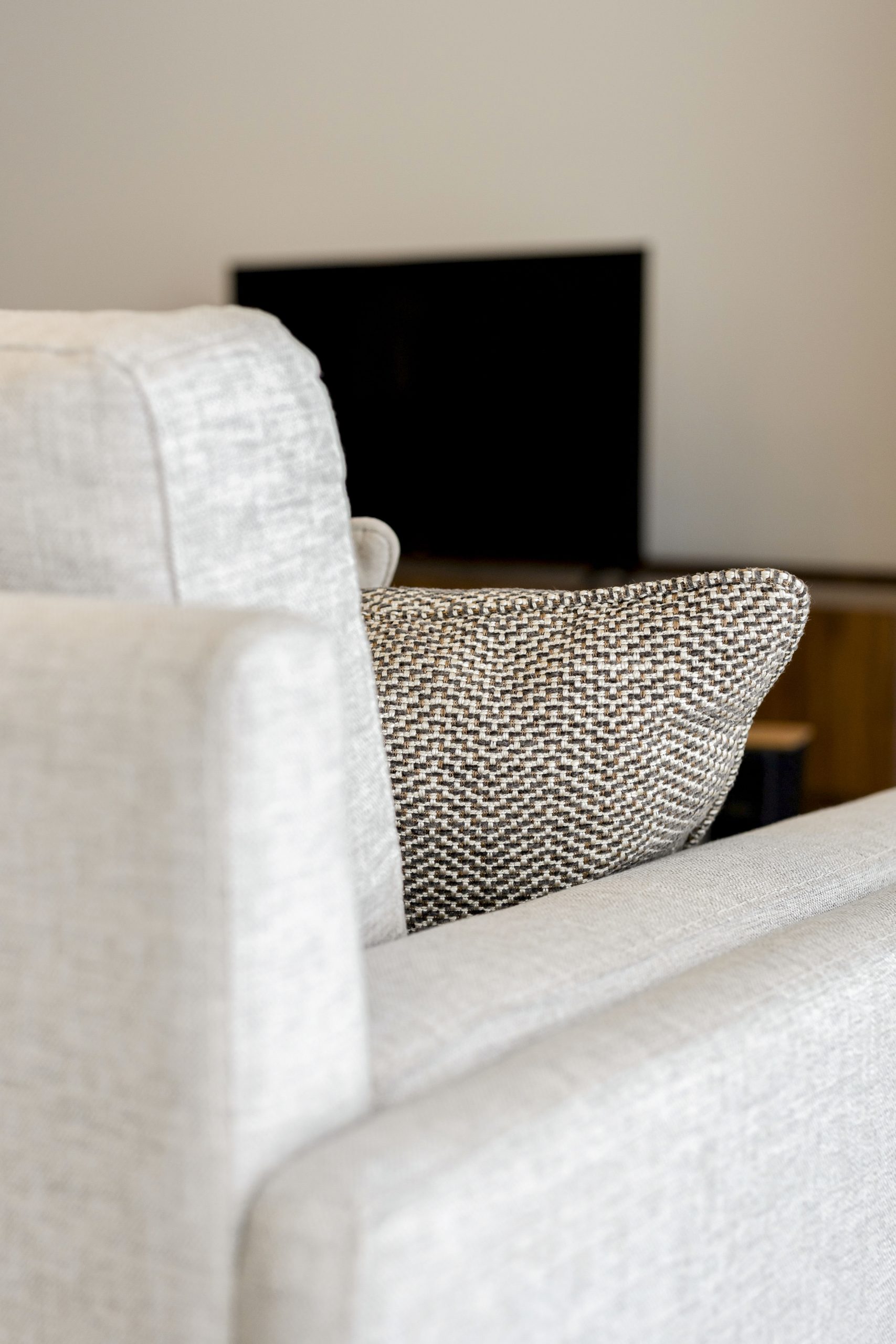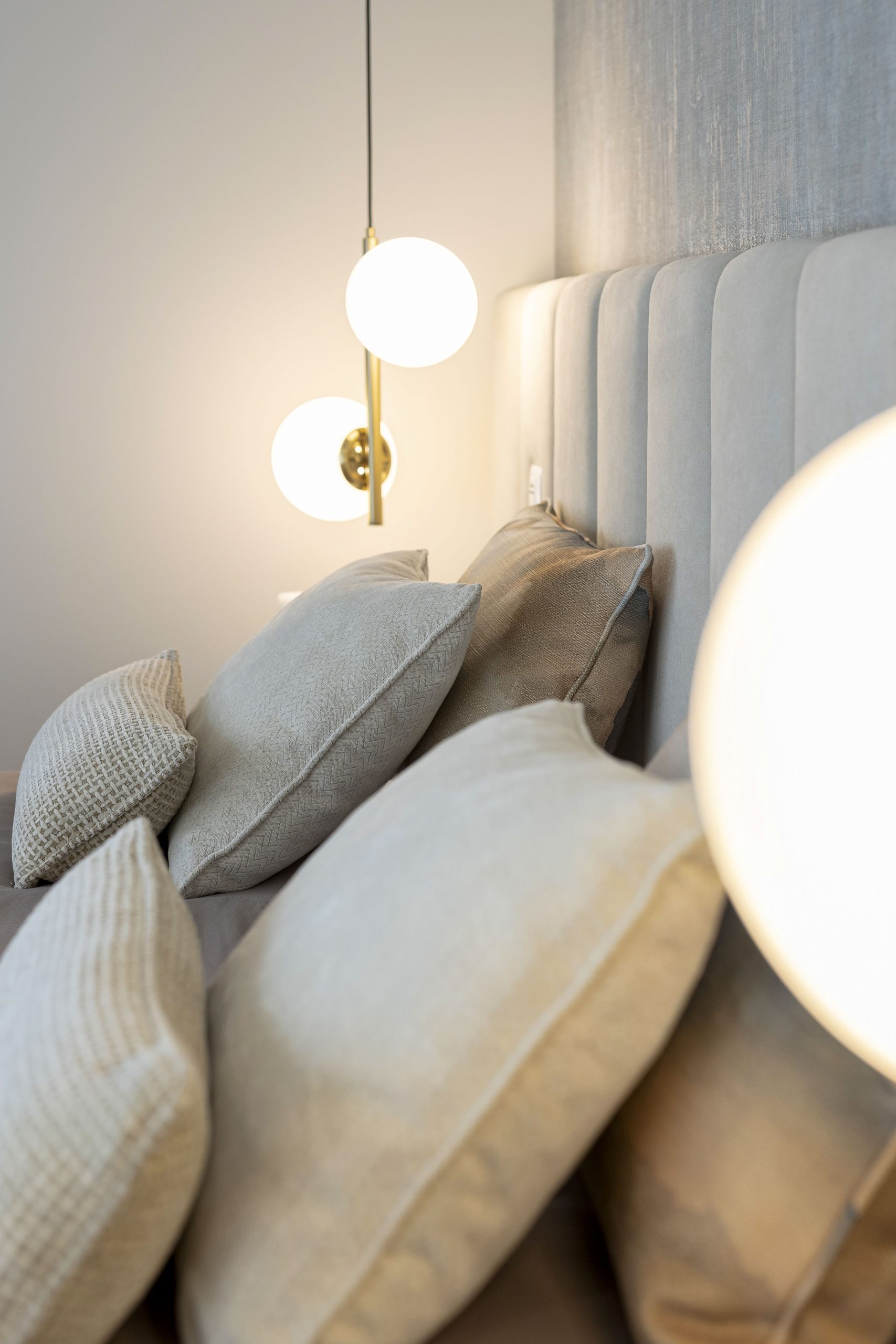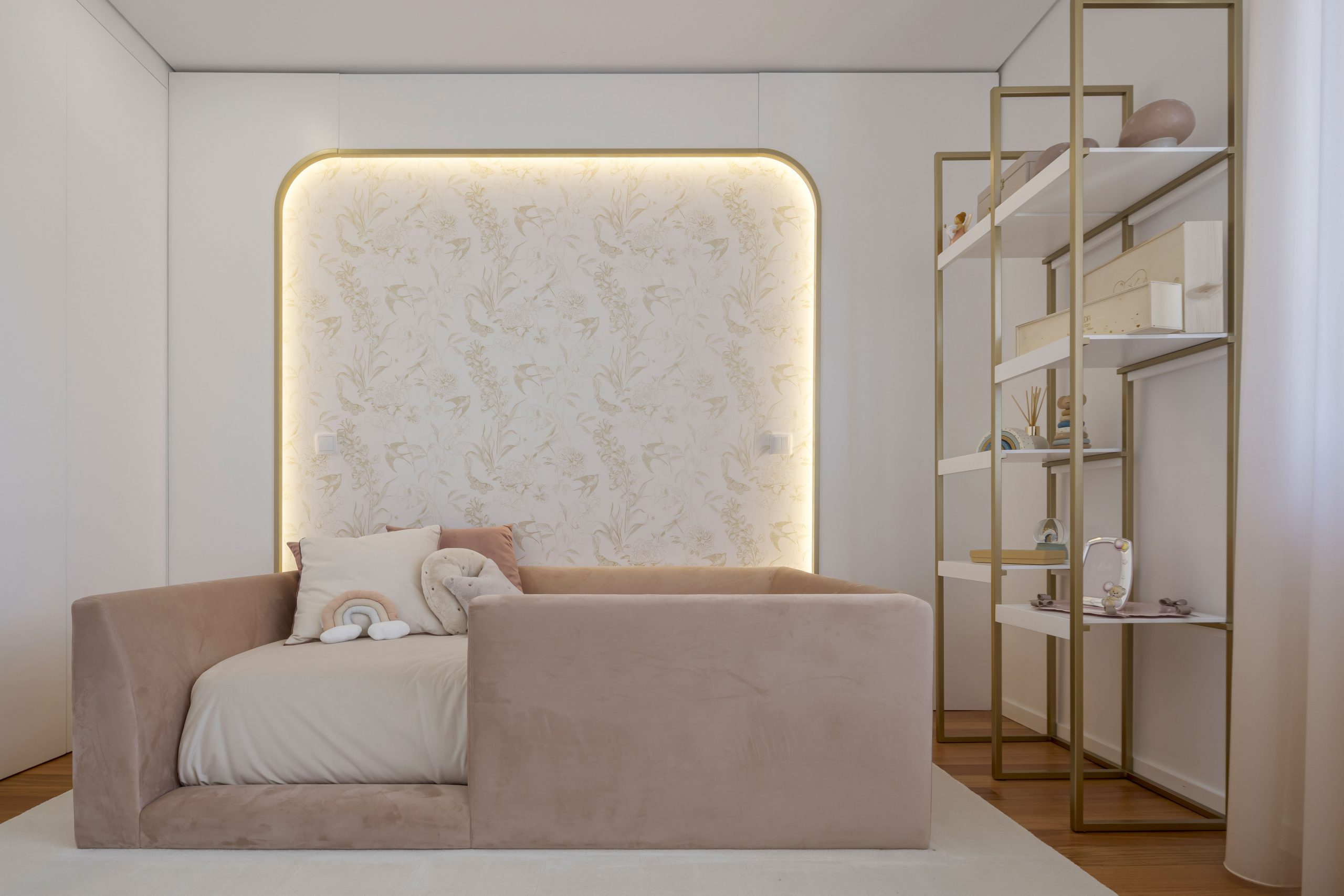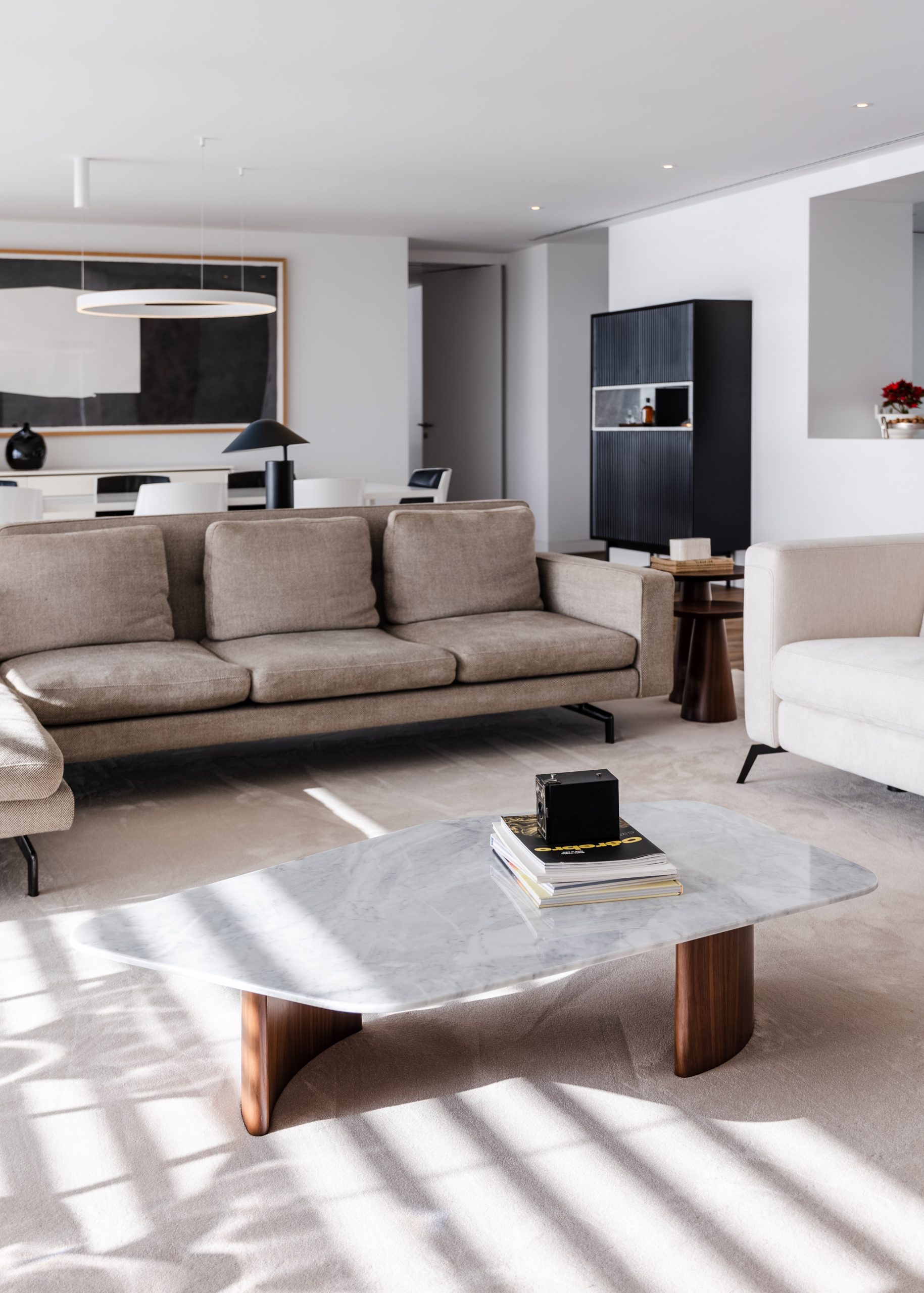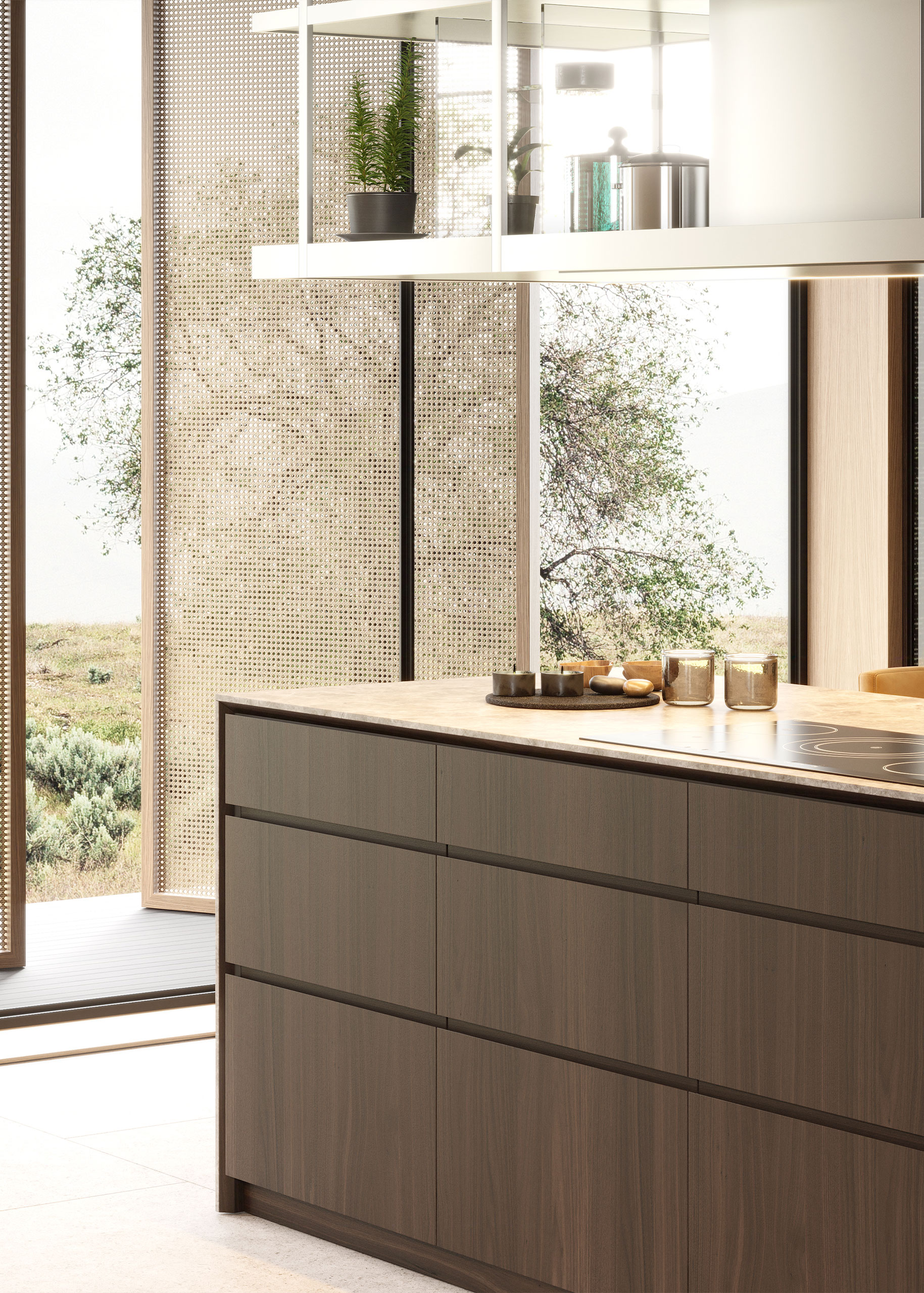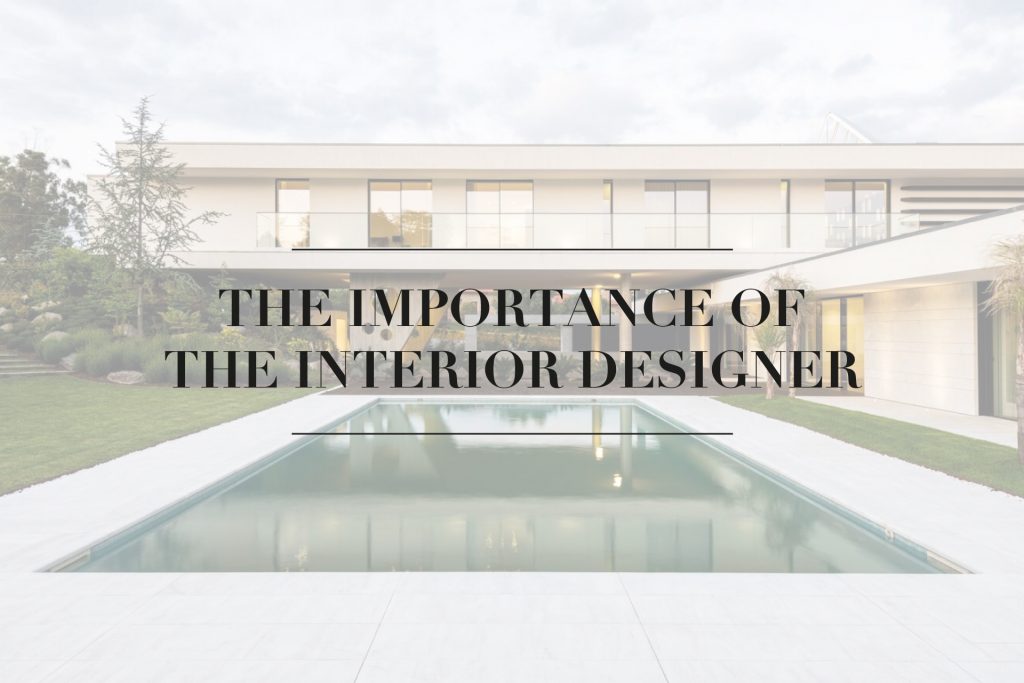A classic element that is reinventing itself, textures in decoration are all about putting the focus on the highlights of the materials, which add layers of depth to the environments they compose. That three-dimensionality they confer adds character, warmth and versatility to design, and is totally a sensorial experience, in all its literal senses.
Shuffling and risking the combination of different textures in your decoration can be a real challenge. They can be found in any type of piece and in different shapes, and today we present you how you can make the most of this precious aesthetic source.
What are textures in decoration?
When discussing textures in decoration, we are referring to the surface appearance and feel of an object or material. Textures can be tactile or visual and can be found in a variety of materials such as fabrics, wood, stone, metal and glass. They can be smooth and soft, such as the fibers of a wool carpet, or rough and irregular, like the surface of an exposed brick wall. These reliefs are surprisingly versatile.
- Minimalist bedroom with different textures | Pontevedra House Project
How to use textures?
Textures can be used in different spaces to create different effects. For example, in a bedroom, soft and plush textures, such as a feather duvet or a fluffy carpet, add comfort and coziness to the room. In a kitchen, more durable and resistant textures, such as stainless steel or ceramics, offer a touch of modernity and elegance.
In a living room, a combination of soft and rough fabrics, such as a woolen throw and a velvet cushion, can create a sense of balance and visual interest.
Wood
Wood is a very popular texture and the most commonly used in decoration. Its versatile material is applied in different decorating styles, from rustic to contemporary. Preferences can range from smooth and polished wood for a more modern and clean look, while others prefer a more rustic and rough texture for a more natural and cozy feel.
It can be found in much of the furniture, such as coffee tables, chairs, bookshelves and beds, as well as in wall panels, floors and exposed beams. Wood can be applied throughout the home, from the kitchen to the bedroom, adding a touch of warmth and natural charm.
- Coffee table Slender by Stylish Club
- Contemporary sideboard in corrugated wood |
- Miami Armchair
Rugs
The use of rugs is an easy and effective way to add texture to a room. Rugs with natural fibers bring a rough and rustic touch, while woolen rugs bring a soft and cozy texture. Rugs with patterns or geometric textures are an incredible way to ignite visual interest in a space.
- Reading and working area
- Contemporary Dining Room | Pontevedra House Project
Fabrics
The use of fabrics is another popular way to add texture to a space. Pillows, curtains and throws with soft and plush textures can add a touch of comfort and coziness to a room, while stiffer fabrics such as linen or leather can add a lighter and more impactful texture. The combination of different fabrics and textures can create an attractive feel to the space.
- Club Armchair by Stylish Club
- Cushion with textured fabric
- Headboard in neutral upholstery
Wallpaper
Wallpaper is another perspective to add texture to a room. Wallpaper with textures such as wood, brick or stone can bring a sense of rusticity and comfort to a space. Wallpaper with softer textures, such as textured wallpaper, adds a smoother and more elegant feel. Choose a wallpaper that complements the décor of the room and creates an interesting focal point.
- Wallpaper in children’s bedroom | Miramar House Project
Stone
Using stone is an interesting way to add texture to décor. Stones like granite, marble and soapstone can be used on countertops, floors, and wall coverings, creating an elegant and rustic appearance. In addition, the natural texture of the stones can help create a sense of connection to nature, making the environment more welcoming and pleasant.
The choice of stones should be made according to the style and purpose of the decoration. Lighter stones, such as marble, can create a feeling of luxury and sophistication, while darker stones, such as granite, can create a more sober environment. Stones with veins and more intense textures can be used to create a dramatic visual effect.
- Mesa de centro com tampo em mármore | Projeto Apartamento Oeiras
- Kitchen worktop with elegant touch
An Aesthetic of Excellence
Interior designers are professionals who combine needs and functionality, creating spaces that fit the users in an aesthetic solution that matches their personality. Starting with plastic guidelines of their liking, the interior designer will plan and structure the space using strategies such as color and textures, creating balance in an environment with a distinct appearance.
Reread our article on The Importance of Interior Designers and how to turn your home into a true dream.
